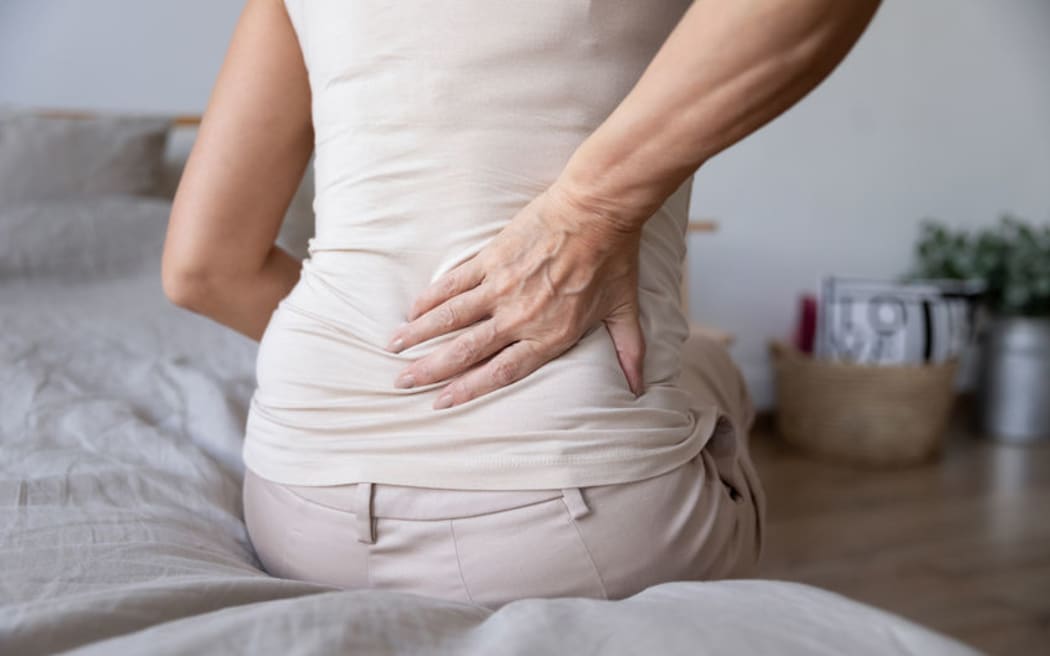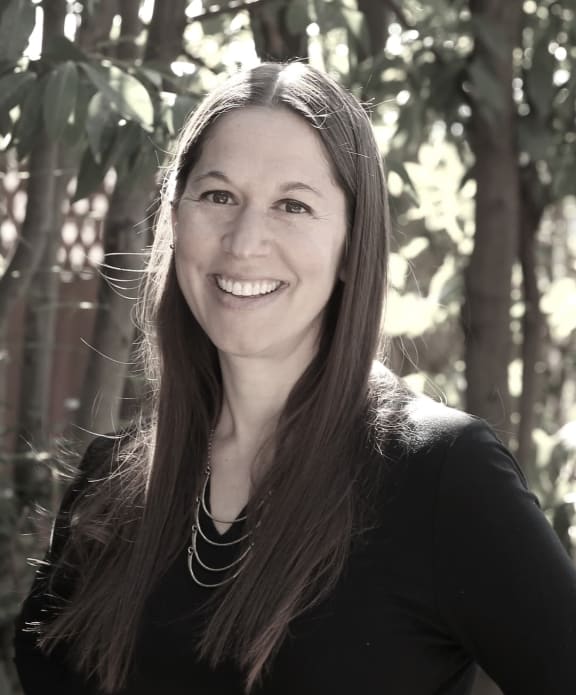
Photo: 123RF
True treatment for curing chronic pain is by targeting the whole body, not just the painful part, a psychologist says.
About one in six New Zealanders live with chronic pain, and according to Healthify He Puna Waiora, no two people were affected the same way.
Dr Rachel Zoffness is an assistant clinical professor at the University of California San Francisco School of Medicine, a lecturer at Stanford University, and author of The Pain Management Workbook.
She told Saturday Morning chronic pain was on the rise.
"I think one of the main reasons that's happening is because the way we treat pain is miserably, woefully broken. For many decades we've framed pain as a purely biomedical or biological problem, something to do just with tissue damage or system dysfunction, but what we now know about pain is that it's never a purely biological thing to do with tissue damage.
"It's rather a biopsychosocial thing, which is a big and sometimes confusing word but all that means is that the experience we call pain, of course has to do with our tissues and our biology, but it also has to do with other influences as well, including how we're feeling emotionally... all the stresses in our greater environment can amplify pain too."
Given this, Zoffness said an "explosion" of chronic pain during the Covid-19 pandemic was not surprising.
She said changing the brain can change the pain but rejected the phrase 'mind over matter' as "extremely dismissive".
"When I say changing the brain can change the pain, what I mean by that, is science shows is that while it is easy to believe that pain lives exclusively in the body part that hurts, like in your bad back or your aching knee, it's not actually true.
"Rather, what science reveals is that pain is constructed in the brain."

Psychologist Dr Rachel Zoffness. Photo: supplied
This was known by the syndrome of phantom limb pain where people who have lost limbs feel pain in the body part that was no longer there.
That proved "pretty definitively" that pain must be constructed elsewhere - and it was ultimately constructed in the central nervous system, she said.
But the more pain felt, the bigger and stronger the pain pathways in the nervous system became, she continued.
It was about treating the body as a whole to reduce chronic pain.
"Changing pain is always possible and I don't want people to think just because we are talking about how your pain system becomes more sensitive overtime that that's a life sentence. There's no such thing as a life sentence of chronic pain."
Managing the pain was different for everyone, but it was about living a healthy life.
"It turns out that if you want to keep pain volume low, what you really need to do is live a healthy life.
"You need to have good sleep hygiene, and you need to have good nutrition, you have to move your body and exercise, and you have to get nature and sunlight and you have to regulate your stress and anxiety and you have to find ways to be connected socially and not be too isolated.
"The true treatment of chronic pain is targeting the whole person, not just a body part."

